| Permaculture is about growing plants together in beneficial combinations - where the characteristics of one plant benefit another, and vice versa. A simple idea is to ensure you have habitat for pollinating insects (e.g. lots of different flowering plants) so you can be sure there are lots of the right kinds of insects around to pollinate your fruit trees when they come into flower too. Another is to use ground covers that don't directly compete with your trees and shrubs, but instead act as a barrier to weeds and grasses especially, which can compete for nutrients in the same soil layer with establishing produce trees. |
Green manures, which include biomass building and nitrogen fixing plants are a great addition to an establishing perennial system, as when they are cut down or die back, they build up the soil with their nutritious mulch, which in turn helps to feed your food producing plants and establish a healthy soil biota.
Before I started planting up the berms, I decided to line the berm with rocks along the driveway side. This was because the berms are quite tall (you never really know exactly how much soil you will have until you start digging - and we ended up with quite a lot!) and I wanted to stabilise them a bit more around the base. We also happen to have a lot of rocks in the front garden that need to be relocated, and I think they look pretty. As it happens, we have a whole bed of strawberry plants that need to be planted into the garden, and what better place than to plant them so they trail over rocks along the sides of paths? I also wanted to stabilise the soil next to the drainage channel that leads into the sunken bed by the driveway - as it would not be cool to have this get clogged with soil as soon as I had built it!
The pictures below show a mix of edibles and flowering plants, so that the bed will have a cottage garden aesthetic once established. A few key points:
- The plants are mostly perennial, as we want to keep soil disturbance to a minimum on berms (i.e. we don't want to be pulling plants up and replanting each year)
- The difference in height from the top to the base of the berm means that some parts of the berm will be dry, and others parts will be much wetter. Select the right plant for the right conditions - near the top I'm using dry tolerant species like aloe vera, myoporum parvifolium (creeping boobialla), prostrate rosemary and osteospermum daisies (these daisies grow like weeds here, and so I am using these as pioneers while other plants get established, rather than seeing them as a long term element in the garden)
- Annual plants (so long as their harvest causes minimal soil disruption) can be used in the system to fill up the gaps between establishing perennials.
- Diversity is the key to success and resilience. You need multiple plants to perform the same function (e.g. provide habitat for predatory insects) so that if one fails, you have back up. Similarly, plants can be used to perform more than one function (habitat, pest control, mulch creation, shade, food for you). The more interconnections between plants, the more resilient your garden will be. Some plants will yield better one year than others. A variety means there will always be something to harvest.
- Aesthetics are also important to our experience of the garden. Flowering plants are really crucial in the system, so why not enjoy a splash of colour! We will be making use of a palette of lilacs, blues and soft yellows along along the border with the lawn, which should look lovely. Blue and yellow was a favourite colour combination of Flemish artist, Jan Vermeer, and I must say I have always loved them too. A very restful colour combination.
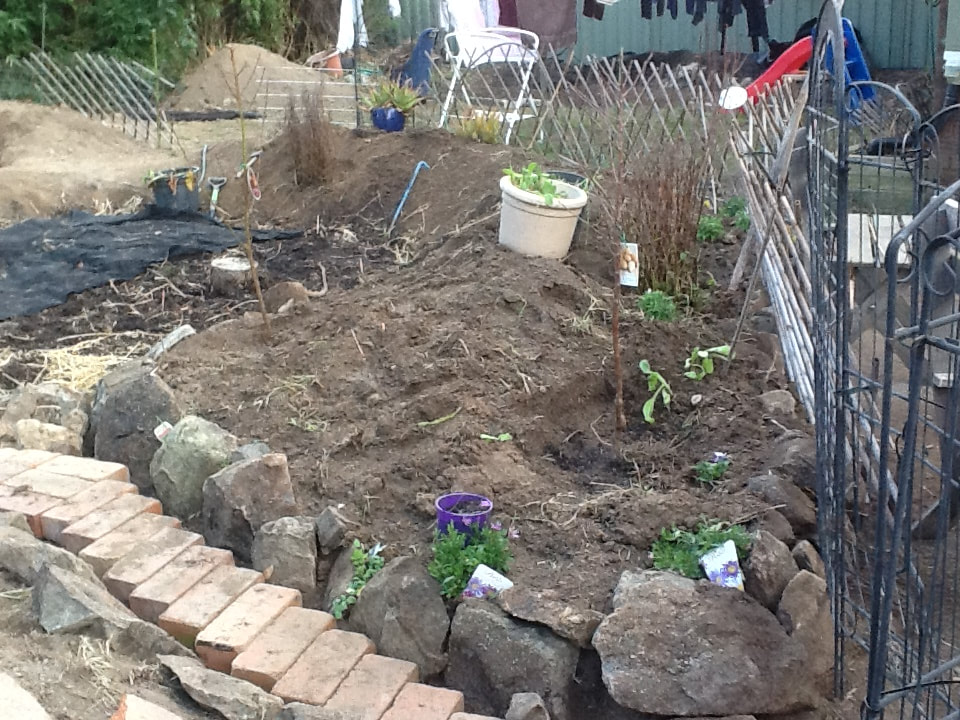

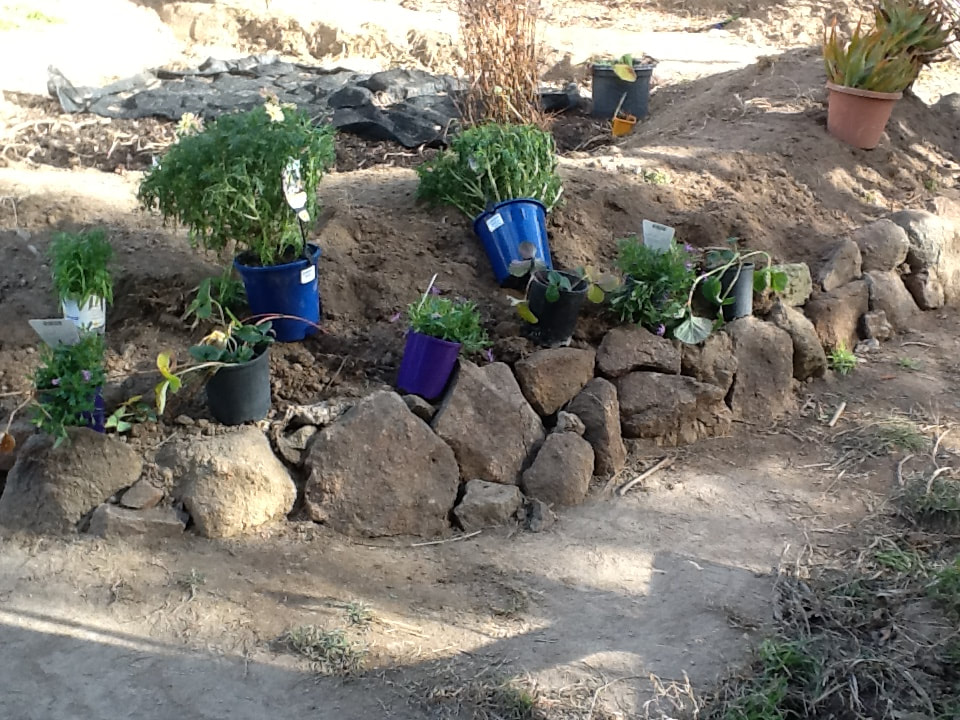
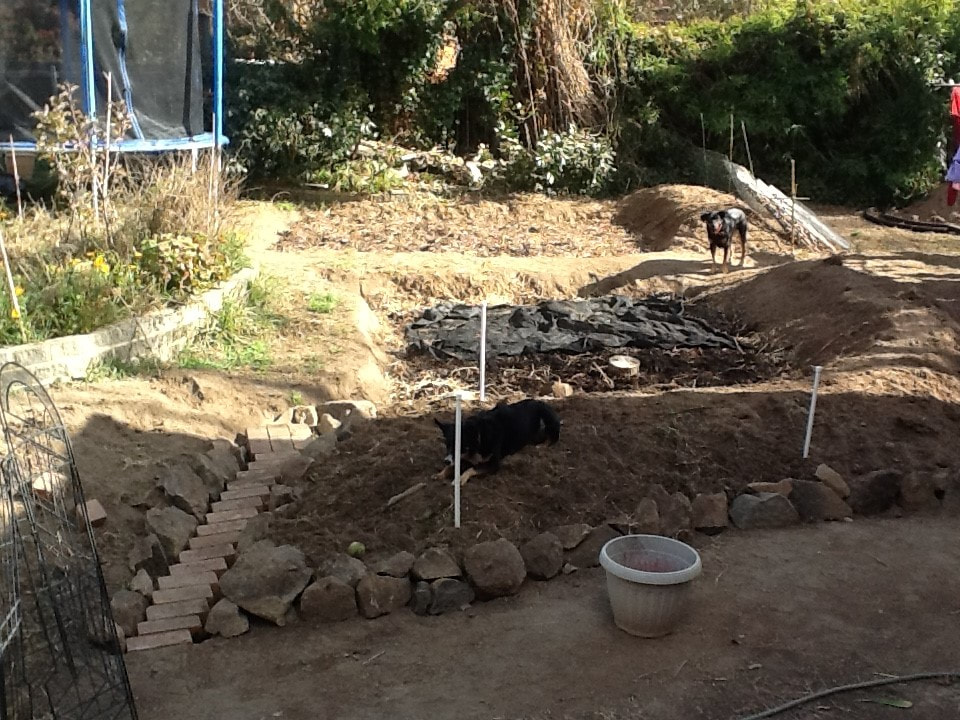
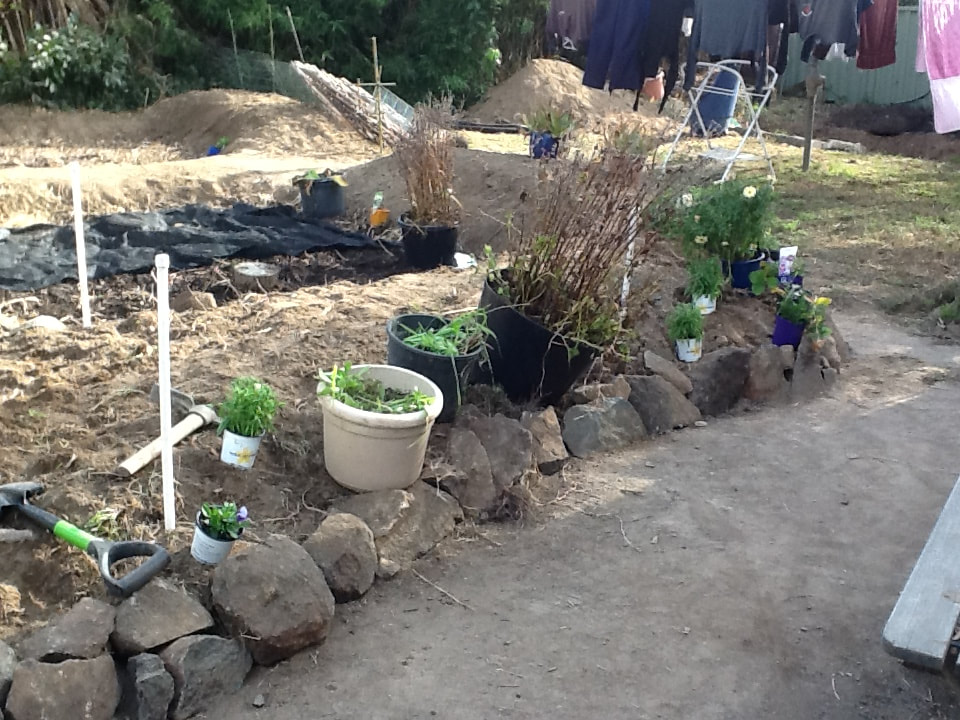
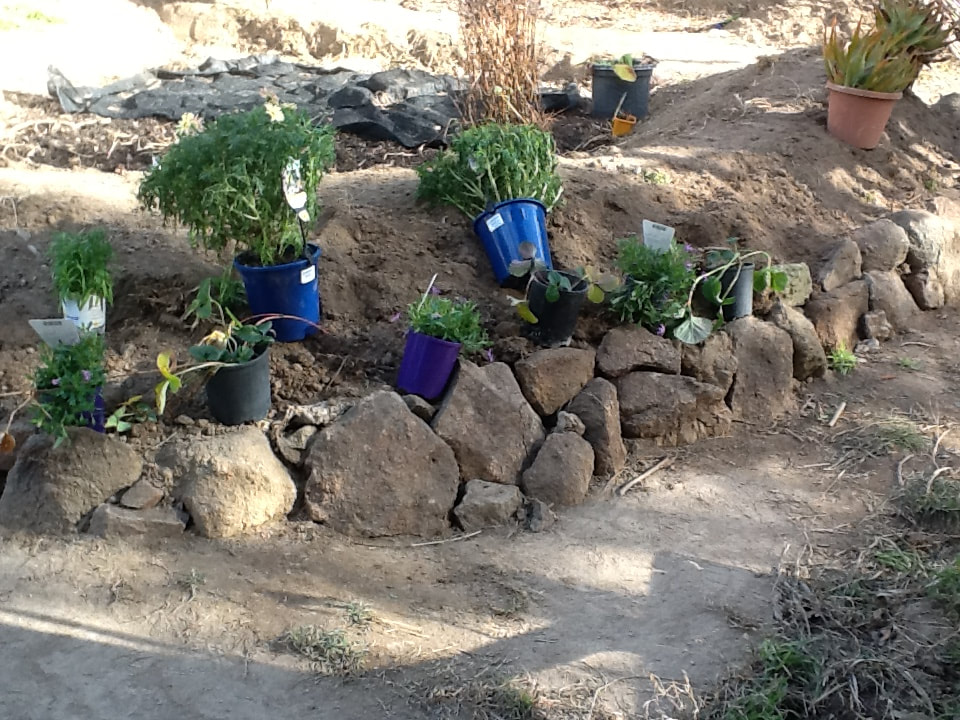
 RSS Feed
RSS Feed